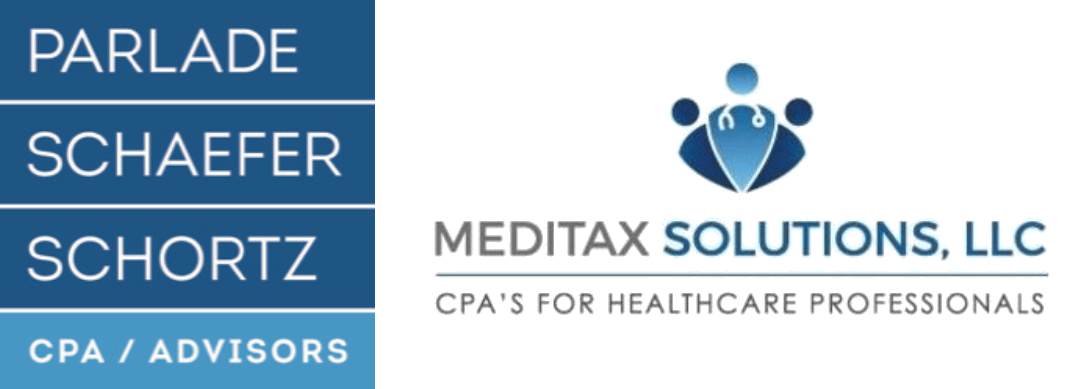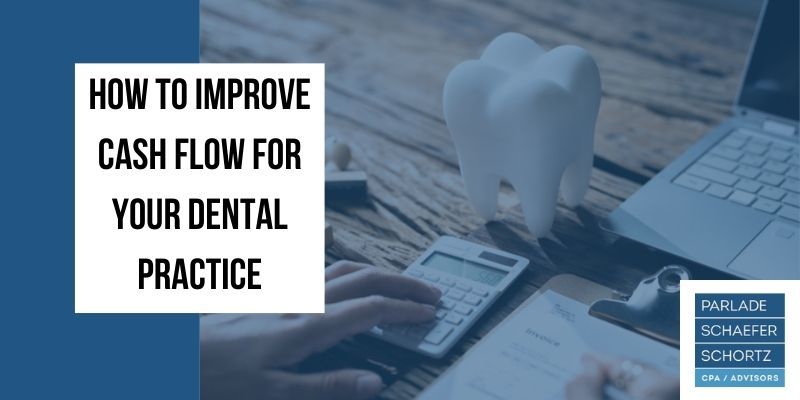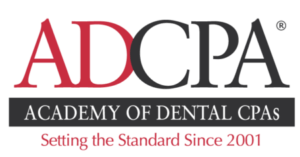What are the Benefits in Starting a Roth IRA for a Child?
If you have children you have probably started or been thinking about saving for your children's future. A Roth IRA retirement account may not be on your radar. It may seem strange or premature to start thinking about your child’s retirement. But with years of compounding interest, tax free disbursement, and early withdrawals for major life events, such as college may put a Roth IRA at the forefront of your investment strategy for your child.
How to start a Roth IRA for a child
There really isn’t much difference between a Roth IRA and a Roth IRA account for a child. The beauty of a Roth IRA is contributions are after tax and grow tax free.
Fortunately the IRS has no minimum age limit to start a Roth IRA, making this a viable option for your child’s future, but the snag is that the child must earn an income. Plus, contributions can not exceed the child’s yearly earnings or Roth’s 2022 current annual contribution limit of $6000.
Formal 1099s or W2s aren’t required in order to make contributions to the Roth IRA. For instance if your child earned money during the summer doing yard work, your child should keep a notebook of their earnings. Encourage them to make invoices, keep receipts, and record deposits. This information should be overseen by the custodian since they are responsible for not exceeding contribution limits.
A child roth IRA requires a custodian to open and make account decisions until the child becomes of age. Anyone of age can be an account custodian for a child, such as a grandparent. When the child becomes of age full authority is transferred over to the adult child.
Gifting to a Roth IRA for a Kid
Parents and others can make contributions to the account or make a gift contribution, as long as it doesn’t exceed the contribution limits.
The IRS as of 2022 has now increased the gift limits to $16000 per person, and if you are married this means you could gift your son or daughter $32,000 without having to declare it on your taxes, and without your child having to pay taxes on this amount.
Benefits of starting early
A Roth IRA might not be at the forefront when thinking of setting your child up for financial success, but keep in mind the value of compounding tax free interest over this length of time. Let's play with a little math to see what is possible.
Say you start a Roth IRA for your 12 year old child with an opening balance of $1500, and contribute $10 per month until retirement, at 6% interest the account would grow to $101,000. This would mean $15,600 is the total contributions and the remainder is tax free compounded interest.
If you bumped up the opening balance and annual contributions to $4000, the account would reach a million dollars by retirement age.
Funds for Big Life Events
Roth IRAs may not be a traditional option for saving for your child’s future. But keep in mind contributions can be withdrawn at any time without penalty.
If the account is 5 years old and the withdrawal is for a qualifying life event such as college expenses, emergency funding, or a down payment on a house, then earnings can be taken tax free and without penalty.
However if the withdrawal does not meet this criteria then a 10% early withdrawal penalty fee is charged and earnings are taxed as income.
Qualifying Life Events
- Emergency funding
- Qualifying college expenses
- Down payment on a house
-
Compounding Interest
The sooner you can get a start on your child’s future, the more you can capitalize on compounding interest and provide funding for major life events like, college, emergencies, down payment on a home, or retirement. A Roth IRA may not be a traditional idea for saving for your child's future, but it is worth talking to your financial investor about to set your child up for financial success.






